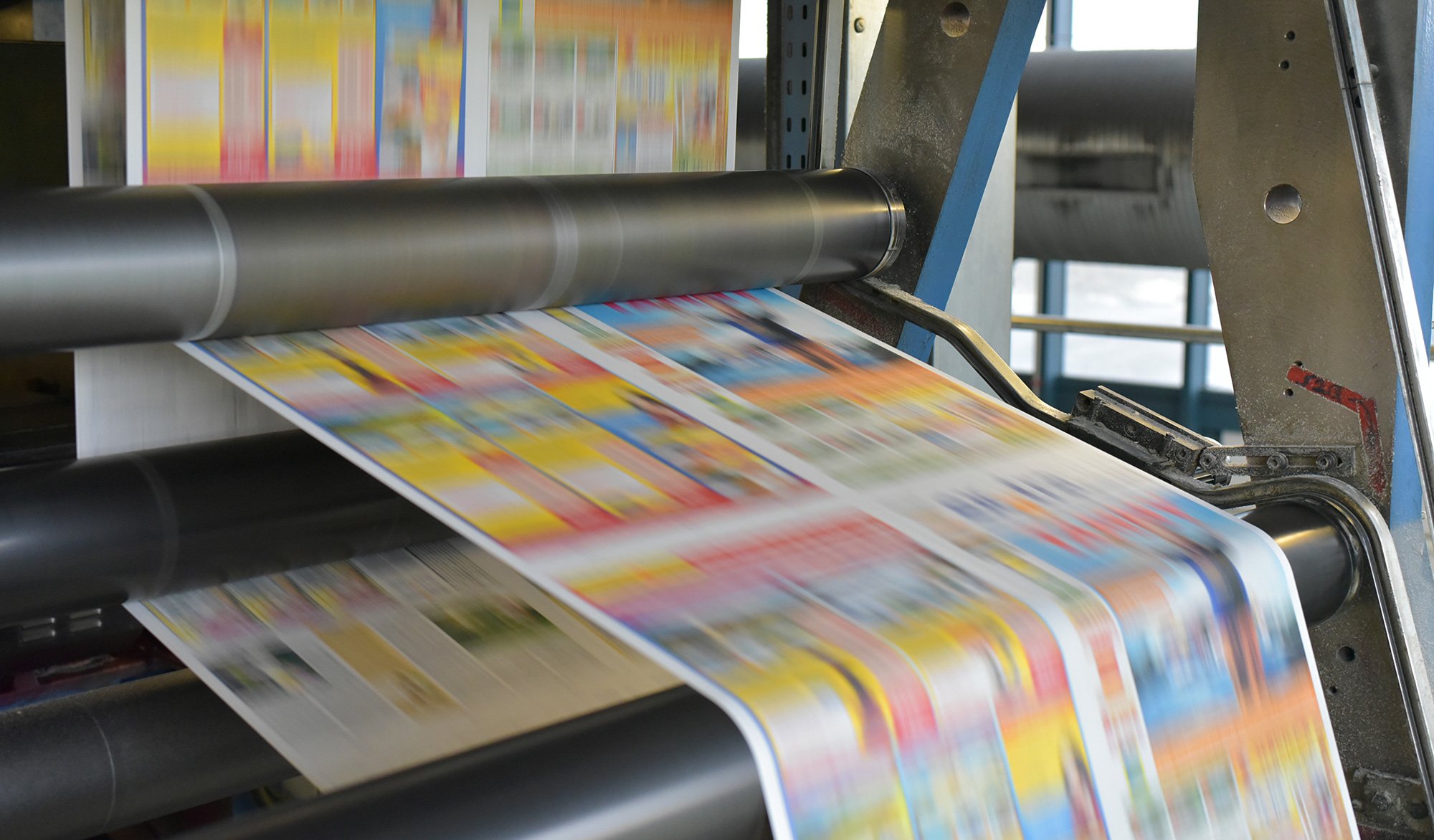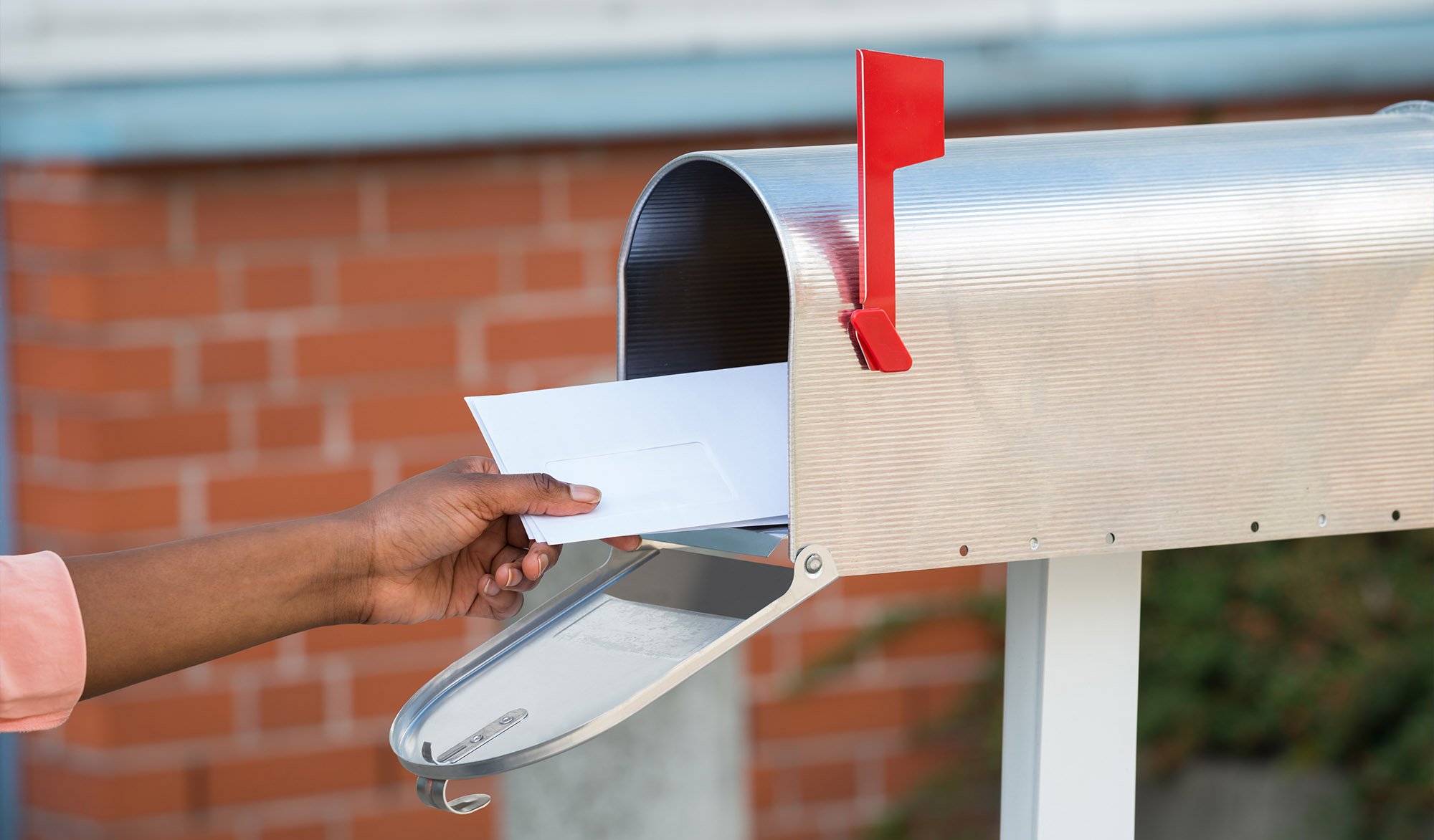Finding the right-sized postcard for your direct mail campaign can be challenging.
If you select a dimension that’s too small, it may be overlooked. Opt for one that’s too big, and it costs more and risks having to be folded to fit into a mailbox, obscuring its message.
Taking the time to thoughtfully match the design and messaging with an appropriately sized product is critical to the success of your direct mail campaign.
Overall, your campaign’s message should ultimately dictate postcard size. Also, account for factors such as your budget and marketing needs.
“If the message requires more space or your designer feels that more graphics would enhance your message, then go with a larger format,” explains Design Distributors President Adam Avrick.
In this helpful explainer, Avrick shares insights to help you choose the most effective postcard sizes to maximize the message, design, exposure, and deliverability of your campaign.
Postcard Sizes to Consider
Let’s begin with the basics. Most postcards fall under four key sizes:
- 4.25" x 6" (Small)
- 6’’ x 9’’ (Standard)
- 6” x 11” (Jumbo)
- 9” x 12” (Extra Large)
Get Our Insights Delivered Straight To Your Inbox!
SUBSCRIBE NOW
Small Postcard 4.25’’ x 6’’
With the least amount of real estate, this postcard is compact and optimal for simple, straight-to-the-point designs. It is also the only size recognized as a traditional “postcard” by the U.S. Postal Service (USPS).
According to the USPS, a postcard measures between 3.5’’ x 5’’ and 4.25’’ x 6,” and anything larger is considered a “letter.” If your size falls into this space, you can utilize First-Class Mail at a lower postage rate than Marketing Mail. From a postage-cost perspective, the latter would be best for pieces exceeding this size.
For example: The mixed Automated Area Distribution Center (AADC) First-Class rate would be $.326 per piece, and the matching letter-size (mixed AADC) Marketing Mail rate would be $.33 per piece. By using First Class, your piece moves more quickly through the system, gets forwarded if the recipient has moved and left a new address, and is returned if they have not left a forwarding address, enabling you to update your mailing list.
For reference, the dimensions of this postcard are comparable to those of the 4.125’’ x 9.5’’ envelopes frequently delivered to your mailbox. So although it may not stand out as much as the larger sizes, Small may be your most economical option.
Standard Postcard 6’’ x 9’’
Out of the four main sizes listed above, Standard offers the most versatility. That’s why popular campaigns often use this size for creative options. Mail products can be vertical, horizontal, or both. For example, text can be displayed horizontally on the front and vertically on the back. The Standard postcard size is also larger than envelopes, meaning your postcard has a greater chance of standing out than the Small.
Jumbo Postcard 6’’ x 11’’
Generally the largest on the market, Jumbo postcards offer the same versatility as the Standard with larger proportions. Given its size, you'll likely want a vertical design similar to that of a poster. But be aware of the associated pricing increases incurred by going bigger, advises Avrick.
“From a postage standpoint, staying in the letter-size rate is important,” he explains. “In Marketing Mail, once you exceed 6.125 x 11.5, the rate category shifts to a ‘flat.’ That would increase the Marketing Mail rate [mixed AADC] from $.33 to $.798. So if you were to produce a 9 x 12 oversized postcard, your postage rate would be significantly higher.”
Extra Large Postcard 9” x 12”
Extra Large postcards fall under the flat-rate pricing outlined above, yet this size has its own share of benefits, too. With the largest dimensions, there’s no question of the inherently increased visibility this size commands. If your budget permits, this is your surefire way to maximize your direct mail campaign results.
Considerations for Choosing the Perfect Postcard Size
Avrick recommends considering the following when selecting postcard size:
Cost-Effectiveness
“If you can effectively get your message across to the recipient in a 4.25 x 6 postcard, then choose this option, as it is the most cost-effective card to manufacture and mail,” he says.
Timing
“If timing is important, then use the 4.25 x 6, too, as First-Class is much faster than Marketing Mail from an in-home delivery perspective,” Avrick explains. “As a rule of thumb, local automated First-Class Mail is in-home in one to three working days and out of town within five working days.”
Space
“If your message is better served by using more space, then choose either the 6 x 9 or 6.125 x 11.5 options,” he continues. “The cost to manufacture the 6 x 9 is less than the 6 x 11; however, the postage for both will be the same.”
Stand Out
“If you really want your piece to stand out in the mailbox, and your budget allows, you may want to look at the 9 x 12 format,” Avrick adds. “It is the most expensive to manufacture and mail, but it will definitely stand out.”
New to direct mail campaigns? Avrick offers the following tip:
“Split your files, and always test,” he says. “If you have a database of 15,000 names, then choose three formats and run 5,000 of each. Then, track your responses, and you’ll know which works best.”











